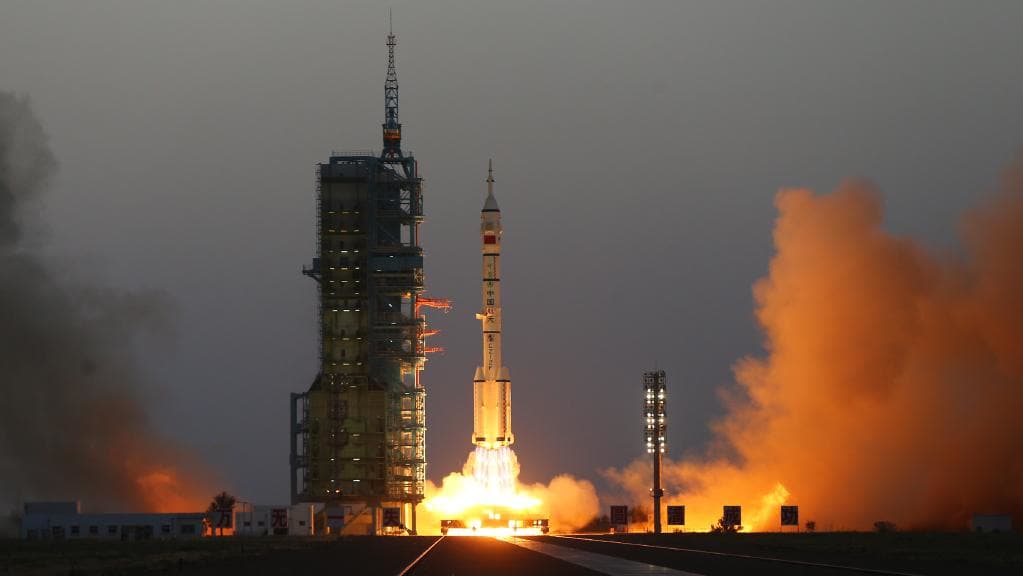
China launches its most powerful rocket en route to building its own space station
CHINA launched its most powerful rocket ever on Thursday, state media said, as the country presses on with a program which has seen it become a major space power.
The Long March 5 rocket can carry up to 25 tons — around the same weight as 16 cars — into low earth orbit (LEO), state-run China Radio International said.
By contrast the US’s Saturn V, which delivered astronauts to the moon in 1969, was designed to deliver some 154 tons of payload to LEO.
The Chinese rocket launched from the recently built Wenchang launch centre on the tropical island province of Hainan at 8:43pm, according to the official Xinhua news service.
Its components were transported to the island by ship, as they were too heavy to be moved by rail, reports said.
The rocket’s design will be used in future years to propel the core module of China’s permanent space station, as well as lunar and Mars missions.
The project has suffered from years of delays. Test firings of the rocket in a secret facility near Beijing saw several failures, reported the South China Morning Post newspaper citing official sources.

Beijing sees its military-run space program as symbolising the country’s progress and as a marker of its rising global stature.
The nation’s first lunar rover was launched in late 2013, and while it was beset by mechanical troubles, it far outlived its expected lifespan and only shut down last month.
But for the most part China has so far replicated activities that the US and Soviet Union pioneered decades ago.
As well as building a Chinese space station, it intends to eventually put one of its citizens on the surface of the moon.
It announced in April it aims to send a spacecraft “around 2020” to orbit Mars, land and deploy a rover to explore the surface.
China launched its second space lab, the 8.6 tonne Tiangong-2, last month.
Originally published as China launches most powerful rocket

